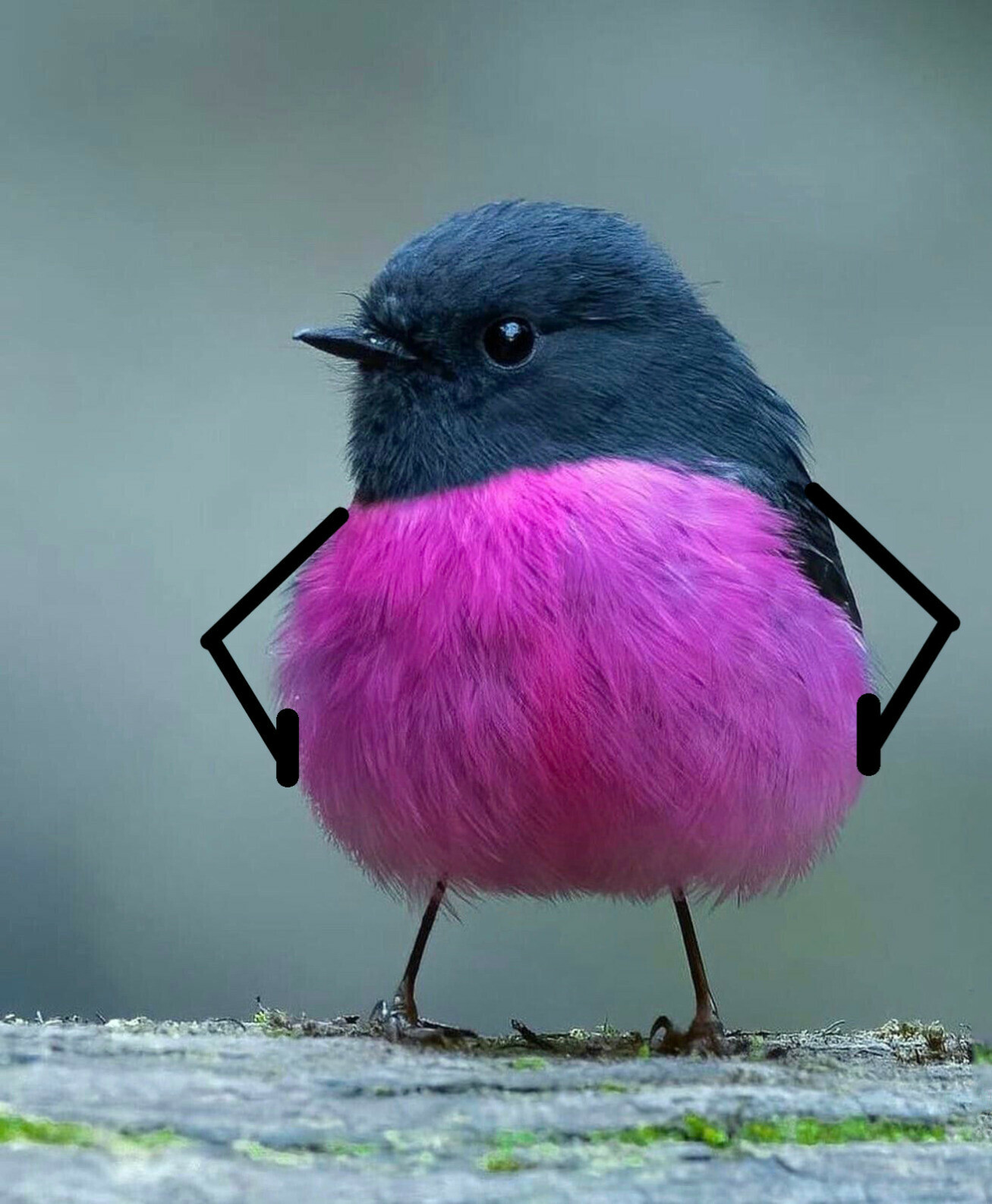2 out of the 3 smart plugs I’ve bought in the last couple of years have shit themselves for whatever reason. One just doesnt turn off, the other bricked itself after moving house (???)
If anyone here has used any smart plugs that havent died within a couple of years I’d love to know. I’m only using them for lamps that are a prick to reach. Bonus points for any that dont require bullshit apps to set them up
PS: UK But I guess I can find similar models if you got em
TP-Link. Works fine
Lamps? Did you say lamps?
lamps
Adding to the generalvoice support of zigbee and homeassistant.
The plugs from https://www.athom.tech/ use the open source Tasmota or ESPHome firmware. They connect to your wifi network and you can use them via browser or an app like Tasmotrol or HomeAssistant using the devices’ APIs.
If you must use wifi, esphome and tasmota are the best (and only acceptable ones that I know of) options.
I use a lot of Ikea’s Tradfri stuff with my Home Assistant (plus ZigBee adaptor) setup. It’s been pretty reliable for me. And it’s all priced pretty reasonably.
I have an older comment somewhere about the setup, I’ll update this comment when I get home and can find the link. It does take some additional hardware and some time to read up on it and set up Home Assistant. But it’s open source and works with a huge range of hardware and doesn’t require any apps (though a nice one is available on F-Droid). It runs entirely on a computer of your choice on a LAN. Not only do you not need an internet connection to use it, you don’t even need one to set it up from scratch.
Any smart-home hardware that advertises itself as not needing a hub will need some corporate app and an internet connection. The “hub” still exists - it’s just running on the manufacturer’s servers.
I’m definitely gonna get into home assistant sometime. I’ve got a raspberry pi ready from a decomissioned plex server I’m gonna flash at some point. Good shout for Ikea though.
Neat! I found the old comment with info. Feel free to message me anytime if you run into problems or have questions. I’m certainly not an expert in all Home Assistant’s features but I’d be happy to do what I can.
I use Tapo smart plugs for my plant lights and they have a warranty of 2 to 3 years and have worked well for over a year now without shitting themselves. I use them on a timer and there unfortunately is an app, but it’s relatively unannoying and straightforward.
I had a deltaco smart extension chord that just stopped working one day right after the warranty ended, switched it to a Tapo and it too has worked great since.
I’ve been doing this for a while. Do not use any wifi ones. They’ll update themselves into incompatibility or the cloud service running them will go out of business, or there will be some security breach…
Get yourself a ZigBee dongle, or a zwave dongle, and then get devices compatible with it.
You won’t find yourself buying products that just stop working because capital demands line go up.
Ngl never considered zigbee before.
I’ll have a look at some point because I’ve been meaning to move off Wifi/Google for my devices, and zigbee stuff seems like it’s in that market where reliability is a bit more important than the WiFi plug you give your dad one christmas that bricks itself a few weeks later.
using some bespoke IoT protocol instead of wifi seems like it’s less compatible than more. Why use some specific low tech technology instead of a widely used system like Wi-Fi which uses existing hardware people already have in their home? If people start using Thread and Zigbee and Z-Wave and so on everything will just be a mess.
apparently zigbee doesn’t even use internet protocol.
I just use esp32s and relays. Roll your own automation on open firmware
-
most wifi devices are cloud based, which means they can go out of business or start charging you for access to your device. Or stop updating their app… Or… Etc. Etc.
-
wifi is accessible remotely, combined with the cloud point, you increase your surface area for someone accessing your home network without your permission
-
adding 20+ iot devices will bog down pretty much all your consumer grade routers. You will degrade performance across your network.
-
matter, thread, ZigBee, and zwave are not bespoke or “low tech”. They are standards developed to mitigate the above listed points. They use completely different frequency bands than wifi, they are not designed for high throughput applications.
-
you mitigate the “mess” by running locally controlled software on a hub that aggregates all the devices in a communication agnostic way.
Yeah the wireless bandwidth utilization is definitely a problem with Wi-Fi since the smallest channel bandwidth is 20 MHz. I guess if you’re going to have tons and tons of devices then using something specialized that is really low bandwidth is necessary, but it’s more of a burden to learn about and less future proof since it’s using a more specialized technology that isn’t shared with lots of other use cases that will keep it maintained and improved for a long time. I think (or at least hope) that Wi-Fi HaLow (802.11ah) will replace Thread, Zigbee, and Z-Wave. Last thing the world needs is even more wireless communication standards that do the same stuff as existing ones. We already have 4G, 5G, Wi-Fi and Bluetooth (and some bespoke ones for wireless mice and headsets)!
I think once IoT devices start using Wi-Fi 6 (and it looks like the ESP32-C6 chip has Wi-Fi 6) that may allow for more devices because it uses bandwidth more efficiently. Same for Wi-Fi 7 and 8. I really wish Wi-Fi HaLow would be supported by Wi-Fi access points and IoT devices, because it was designed for that. U guess the reason that Thread and Zigbee are getting adoption is that they use the 2.4 GHz band so it can share hardware with 2.4 GHz Wi-Fi (as seen in the ESP32 product line which now also supports Thread and Zigbee).
Tasmota and ESPHome-based devices are non-cloud alternatives to the weird proprietary stuff a lot of companies have, so you don’t have to use non-wifi devices to avoid the online stuff. The Tasmota-based devices I have don’t auto-update, you can manually update them by going to their web server and tell it to do an OTA update (or you can upload a file yourself). I’ve done about 3 to 5 updates to the three devices I have (two different device models) and have had no issues.
Wi-Fi is also not remotely accessible, it’s just a wireless link to the LAN created by a router. Using Wi-FI/IP/LAN is a good re-use of existing network infrastructure.
For the people who can’t be bothered to deal with ZigBee or zwave, the wifi is always connected to the Internet. Which means that those devices are possible threat vectors.
If you could properly configure a vlan to isolate your untrusted iot devices you would also be entirely capable of configuring a zwave or ZigBee mesh network.
I’ve built my own esphome sensors and have tasmota compatible devices (Shelly, I endorse all of their tasmota capable devices), but the use case is different.
There are different tools for different jobs, that’s why we have these different standards. It’s not about fracturing markets or some other capitalist end goal, it’s about having the right tool for the job. Wifi ain’t it.
-
I use 4 Ali express generic ones that support matter and they’re great. Being matter you need a matter enabled hub for them, but also being matter that hub isn’t brand specific which is cool. They seem reliable so far (1 year in). And any matter enabled smartphone app will work to control them (I use Apple home, but google home or home assistant etc are all also available)
I have Leviton Zigbee compatible outlets in my house. Leviton ZSTLR-HW1 is the model number. They work great. Leviton is a reputable manufacturer of lights, outlets, switches etc. my electrician friends tell me Leviton stuff is worth buying as it’s what they install for money.
I have a few Leviton Decora WiFi outlets that worked just fine, and despite updating them a few times they have yet to yeet themselves into obscurity. I just pulled them when I decided to go zigbee instead because a buddy of mine kept a whole mess of zigbee when his company over ordered and I got them in trade for some plumbing work.
Just saw you are in the UK. I think the Leviton Decora line of switches/outlets/plugs is available over in the land of spotted dick. Those are WiFi, but they should have a zigbee compatible outlet there too I’d imagine.





